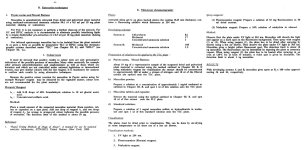Thin Layer Chromatography (TLC) for Cacti IDing cacti and "taste-testing", I'm wondering if anyone has successfully run TLC on cacti material. I've done it on extracted mascaline but not plant material.
From what Dreamer042 said, there needs to be a "significant" quantity to test. Does anyone know how much this might be?
Or better yet, does anyone have instructions for TLC of cacti?
Many, many thanks,
Wap
From what Dreamer042 said, there needs to be a "significant" quantity to test. Does anyone know how much this might be?
Or better yet, does anyone have instructions for TLC of cacti?
Many, many thanks,
Wap


